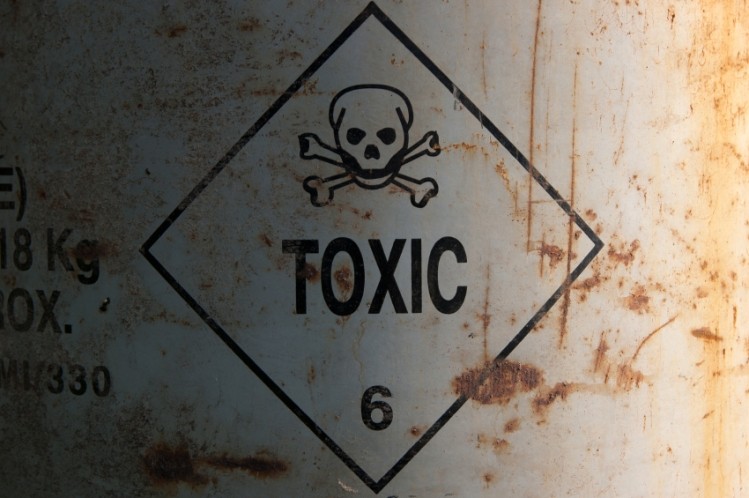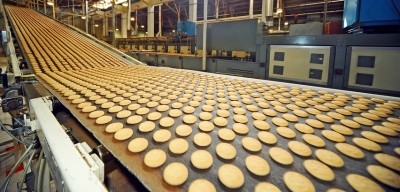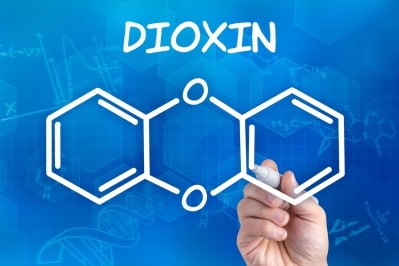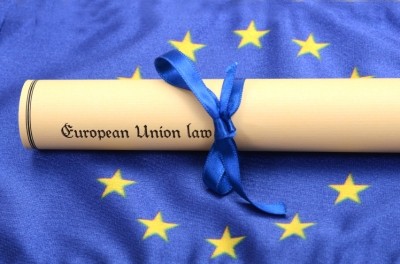Threats to Danish feed chain exposed in EC audit: authorities enhance dioxin inspection

An EU Food and Veterinary Office (FVO) audit of the Danish feed chain identified gaps in the monitoring requirements for dioxins due to either inspection failures or misinterpretation of regulation by feed material handlers and producers.
“As a consequence, feed materials are being placed in the feed chain without being tested for dioxins as required,” said the audit team’s report, which was released by the European Commission this week.
The FVO audit was carried out in Denmark in September 2013 under Article 45 of Regulation (EC) No 882/2004.
A member of the Danish Veterinary and Food Administration (DVFA), the body responsible for feed chain inspection in Denmark, accompanied the audit team in its review of the Danish feed chain.
Dioxin scandals
One contamination incident can be enough to damage a whole industry – a truth the animal feed sector knows only too well from dioxin contamination of bread meal in Ireland in 2008, of feed fats in Germany in 2011, and the more recent incident involving aflatoxin-tainted corn from Serbia tainting compound feed in Germany.
Such feed safety scandals have been linked to poor hazard identification and risk management measures by certain types of feed operators.
The FVO review hence focused on activities and products in the Danish feed sector, which in the light of these past feed crises, are known to be more of a risk than others – namely, products derived from vegetable oils and blended fats.
Critical FVO audit revelations
The audit found that an importer of oils and fats in Denmark was using an accredited laboratory for dioxin testing but the operator did not have any arrangements with the laboratory to directly inform authorities in case of elevated dioxin values in the feed material samples being tested.
“The operator explained that he considered that this would happen automatically in such an event,” said the auditors.
In a crude oil processing facility that was registered as a feed handling operation, the audit team uncovered an irregularity in terms of the facility’s HACCP plan - it did not include free fatty acids for feed within its scope.
The auditors were also critical of the operator’s approach to testing of fatty acids for dioxin contamination, saying the frequency of sending samples for analysis was not in line with EU regulation.
The FVO safety evaluation also found that feed material from a surplus food recycler was coming into the facility from food manufacturers labelled as ‘waste’ and this breach of regulation had been overlooked by the food inspectors in charge of reviewing safety controls at the food plants where this surplus food had originated.
The same issue was also overlooked by the feed inspectors during official controls in the surplus food recycling facility.
“As a consequence, material is entering the feed chain without certainty that this could be safely used in animal feeding,” said the audit report.
At a mineral feed producer, the auditors noted that the risk of the presence of undesirable substances such as heavy metals in limestone from soil contamination was not taken into account.
“The operator considered the quarry where limestone was sourced as safe in terms of contamination with heavy metals on the basis of one sample that the company tested in 2010. This is not in line with the requirement for operators laid down in Article 6(2)(a) of Regulation (EC) No 183/2005,” said the team.
The auditors also found that not all coccidiostats (feed additives) used in Denmark are detected by the screening methods used.
In some feed mills, there was a lack of adequate safety measures to ensure the levels of carry-over of a coccidiostat were in line with the maximum permitted levels set under EU legislation.
The audit also found the turnaround times of the laboratories for reporting results of tests on feed samples were too long.
Action plan to plug holes in feed chain
The DVFA said it has subsequently put an action plan in place following the recommendations made in the FVO audit report.
It has amended guidance to feed chain inspectors on dioxin monitoring regulation and a reorganization of laboratory testing is underway to ensure quicker dispatch in feed sample analysis.
The Danish regulator also said it has also revamped the coccidiostats screening process, and is adjusting the current guidelines for inspectors regarding control measures on the carry-over of coccidiostats.
It said there will be more rigorous inspection of hazard analysis and HACCP-based procedures at feed producing facilities.
In addition, the DVFA said it will ensure that companies do not use feed labelled as ‘waste’ through more stringent controls on the labelling of food co-products.










